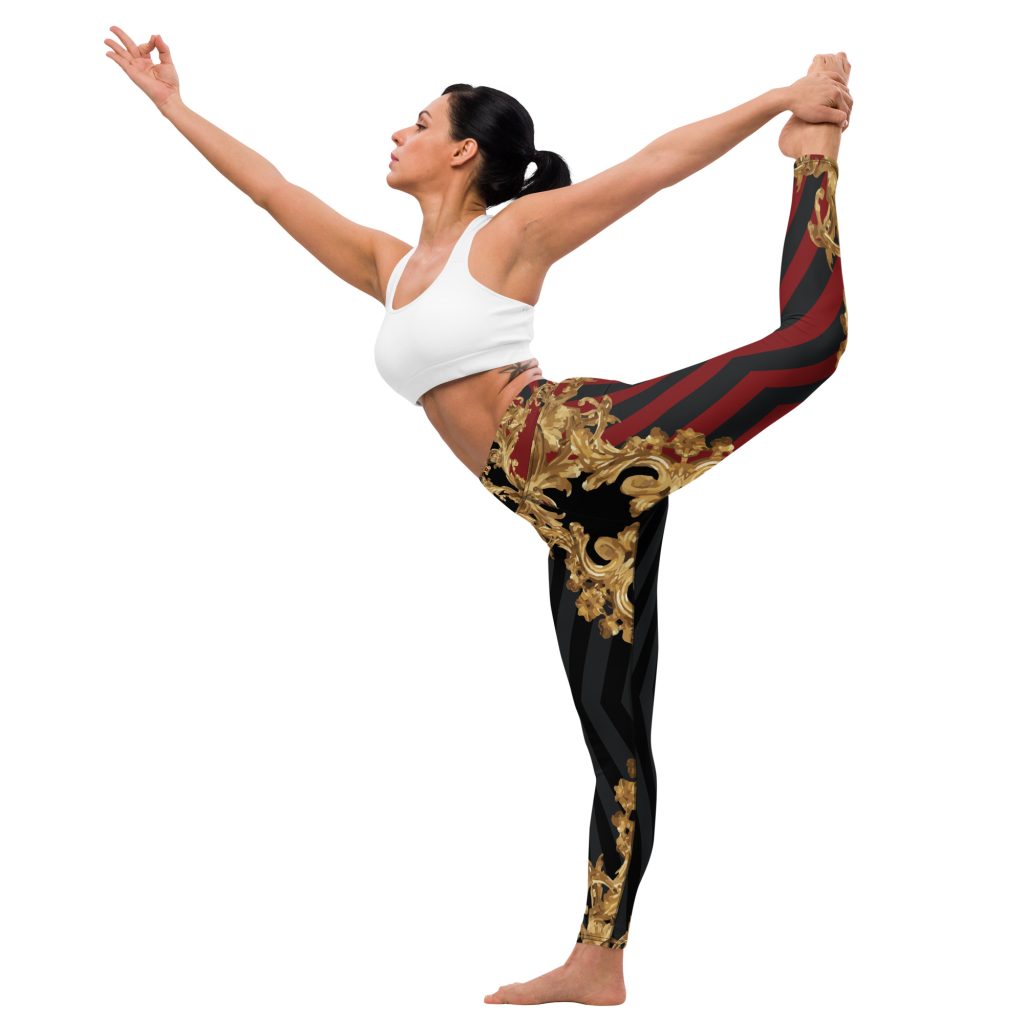
The desire for a flat stomach is a common fitness goal for many people, leading to the adoption of various techniques and strategies in pursuit of this aesthetic ideal. One such practice often touted as a solution is the act of “holding in” or sucking in the stomach muscles throughout the day. But does this method actually work? In this article, we’ll delve into the science behind holding in your stomach and explore whether it truly helps flatten it.
Understanding the Anatomy
Before addressing the effectiveness of holding in your stomach, it’s essential to understand the anatomy of the abdominal region. The abdomen is composed of several layers of muscles, including the rectus abdominis (commonly known as the “six-pack”), the external obliques, internal obliques, and transverse abdominis. These muscles play a crucial role in supporting the spine, stabilizing the core, and facilitating movement.
Temporary Effects
Holding in your stomach can create the illusion of a flatter abdomen by temporarily tightening and compressing the abdominal muscles. When you engage your core and pull your belly button towards your spine, you activate the muscles of the rectus abdominis and transverse abdominis, causing them to contract and appear more toned. Additionally, this action can also improve posture by aligning the spine and reducing the curvature of the lower back, further contributing to the appearance of a flatter stomach.
Lack of Long-Term Benefits
While holding in your stomach may provide temporary cosmetic benefits, it does not address the underlying factors that contribute to abdominal fat or muscle tone. Simply sucking in your stomach throughout the day does not lead to significant fat loss or muscle strengthening in the abdominal region. In fact, relying solely on this practice may even result in muscle fatigue or discomfort over time, as it requires sustained contraction of the abdominal muscles.
Importance of Core Strength
A flat stomach is not solely determined by the absence of fat but also by the strength and tone of the underlying muscles. Rather than relying on passive techniques such as holding in your stomach, focusing on strengthening the core muscles through targeted exercises is more effective for achieving long-term results. Core exercises such as planks, crunches, Russian twists, and leg raises engage the abdominal muscles and promote muscle growth and definition.
Emphasizing Overall Health
It’s important to recognize that the pursuit of a flat stomach should not overshadow the importance of overall health and well-being. While aesthetics may be a motivating factor, prioritizing sustainable lifestyle habits such as regular exercise, balanced nutrition, adequate sleep, and stress management is key to achieving and maintaining a healthy body composition. Instead of fixating on appearance alone, strive for holistic health and fitness that encompasses physical, mental, and emotional well-being.
Conclusion
While holding in your stomach may temporarily flatten it and improve posture, it does not offer long-term benefits for abdominal fat loss or muscle tone. To achieve a truly flat stomach, focus on strengthening the core muscles through targeted exercises and adopting a healthy lifestyle that supports overall well-being. By prioritizing sustainable habits and embracing your body’s natural shape and functionality, you can achieve a strong, healthy core and feel confident in your own skin.























